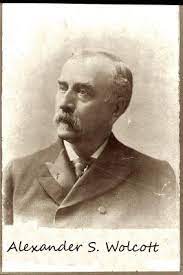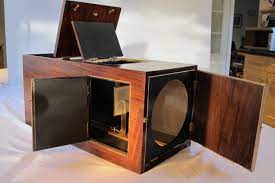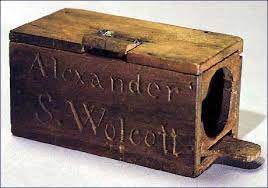
Photographers
Alexander Wolcott
1804 — 1844
Alexander Wolcott was an American experimental photographer, inventor, and maker of medical supplies and optical instruments. In 1839, he met John Johnson, a jeweller and watchmaker's assistant. 1939 was also the year that Louis Daguerre of France, in efforts to finance his developments, went public with his photographic process - the daguerreotype.
Johnson was able to get the specifications, and he took them to Wolcott. That very day, Wolcott made a camera and started experimenting. They became partners and formed Wolcott and Johnson in New York City in 1839.
Wolcott improved on Daguerre's lens camera by making a camera that used a concave mirror to gather more light instead of a simple refractive lens that gathered little light. The next day, he photographed Johnson, creating the first photograph portrait in the world.
They patented the camera which became known as "Wolcott's camera" and the "mirror camera". It enabled the successful taking a-life portraiture by significantly reducing the subjects' sitting time from 30 minutes to only 5 minutes while still using the Daguerres chemical formula. In March 1840, they opened what is considered to be the world's first portrait studio. It was called the Daguerreian Parlor.
John Johnson's father, travelled to England marketing the camera. Richard Beard, An English entrepreneur who had secured the only license for making Daguerreotypes in London from Daguerre, agreed to jointly secure the Wolcott & Johnson camera patent for Britain. Beard then opened the first portrait studio in England.
Wolcott and Johnson continued to improve their techniques. Wolcott made a photosensitive plate that used a chemical enhancer of bromide and chloride to develop the image. In England, it became known as "Wolcott's mixture". This, along with highly polished silver plates, earned them a second U.S. patent in photography in December 1841.
Wolcott died at the age of 40.


Last Updated on: 2024-02-28
